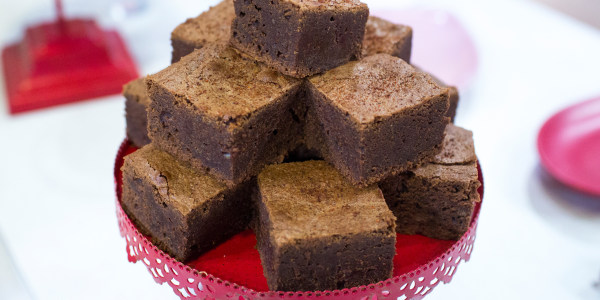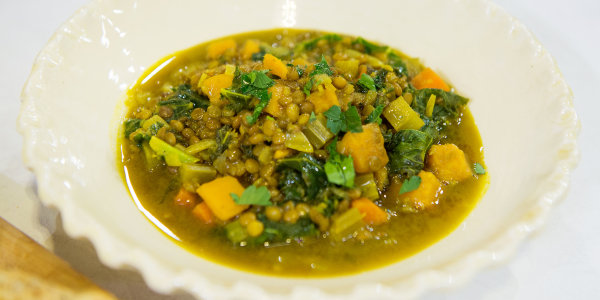As we welcome the new year, we may feel inspired to toss out the old and welcome in the new. Many areas of our lives could likely benefit from a cleanse — and that even includes our spice cabinets. Think about it: When was the last time you actually did thorough scan of all those little bottles?
Spices are a marvelous culinary gift but many home cooks can find them intimidating and unfamiliar. Moreover, the unused ones often get relegated to the back of the pantry shelf. And if they are already ground, they lose their potency over time.
Here are some tips to keep your spice cabinet in tiptop shape so you can enjoy their flavor and health-boosting properties often in 2019. As you start your spice cleanse, keep these three key tenants in mind:
- Ground spices start to lose their freshness, flavor, and aroma within 6-12 months, so purge and replenish accordingly. They don’t go bad, per se, but they are definitely going to pack much less of a punch in your dish.
- For maximum shelf life, store spices in air-tight containers away from heat and light. Kitchen cabinets are great but just ensure they’re not sitting right next to the stove or an oven.
- Spices last much longer in their whole form. Buy them whole in larger amounts, grind them in smaller batches as needed, and use them up quickly. You will enjoy the added benefit of intensely bold aromas and flavors.
Having mastered the simple art of storing and preserving your spices, you may wonder which spices to start with in the first place?
Here are some suggestions for spices that are versatile, easy to use and should be stocked in every home kitchen.
SAVORY SPICES
Turmeric: Buzzy and trendy, this golden spice has been celebrated for its anti-inflammatory properties. Turmeric works with a range of different foods and its mild, earthy flavor is good for all ages. I recommend ground turmeric in scrambled eggs, golden milk lattes, oatmeal, chia pudding, lentils, popcorn, soups, stews, curries, roasted vegetables, chicken, fish and popcorn — basically, the sky is the limit.
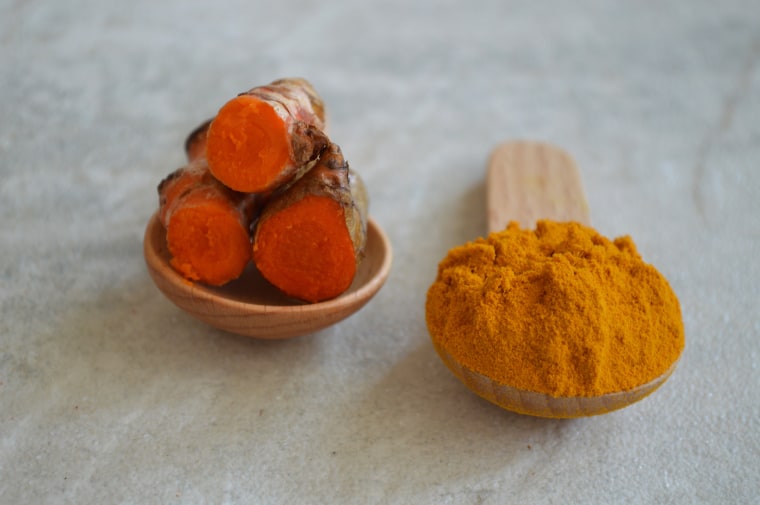
Cumin: Cumin is peppery, vibrant and warm. Some research has shown that it even aids with digestion. I love it with fried eggs, lamb, chicken, tacos, chili, stews and with a host of vegetables like cauliflower, carrots, peas and spinach.
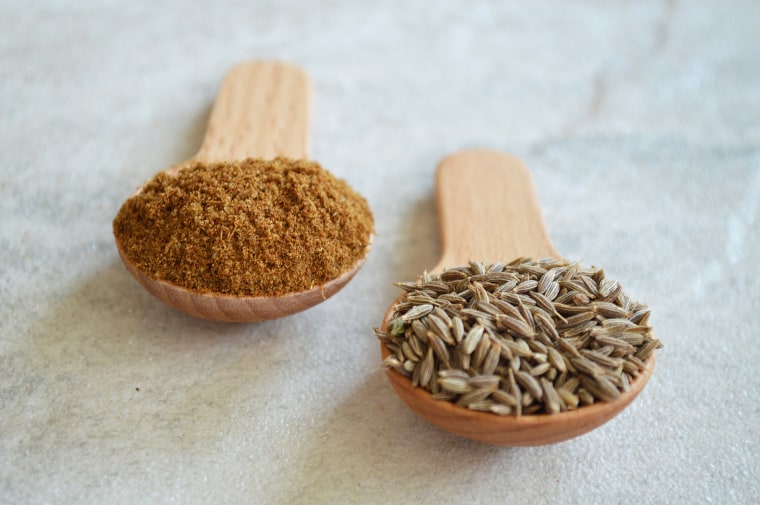
Sumac: Sour, tangy and bright, sumac is beloved in the Middle East. It’s perfect to add a lemony, fruity and earthy flavor, without the liquid of lemons. Enjoy it sprinkled over hummus, in a tomato and feta salad, with roasted sweet potatoes, eggplant, cauliflower as well as on chicken, fish and lamb.
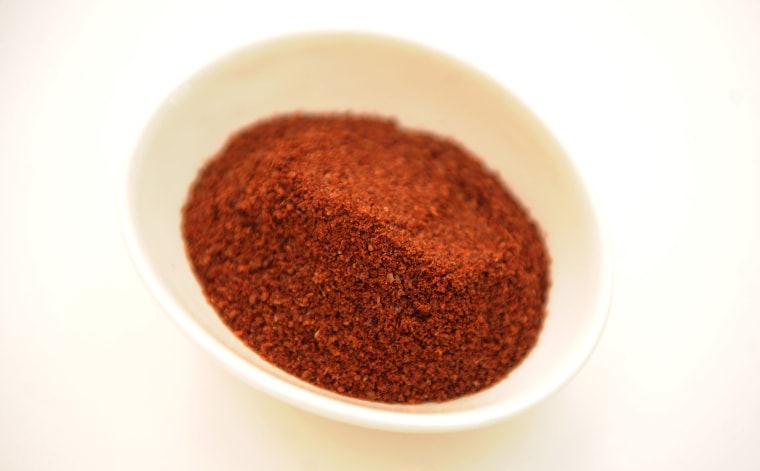
SWEET SPICES
Cinnamon: Most often used in desserts, cinnamon’s sweet and spicy notes work well with savory dishes, too. It has antimicrobial and other health-promoting effects. If using cinnamon often, use True or Ceylon cinnamon to avoid coumarin, a liver toxin, found in regular Cassia cinnamon. Use whole barks in spiced teas, oatmeal and meat curries or use it ground in smoothies, pancakes, muffins, beef tacos, roasted winter squashes and fruit crumbles.
Cardamom: Floral, peppery and luxurious, cardamom may not be as familiar to many home cooks as a spice like cinnamon but it's an incredibly versatile spice that adds a subtle sweetness to dishes, reducing the need for added refined sugars. The green pods harbor black, oily seeds that can be ground and added to banana bread, brownies or oatmeal. Gently smashed open, the whole pods can be used in spiced chai, lattes, or rice and quinoa preparations ... just make sure to fish out the pods before digging in!
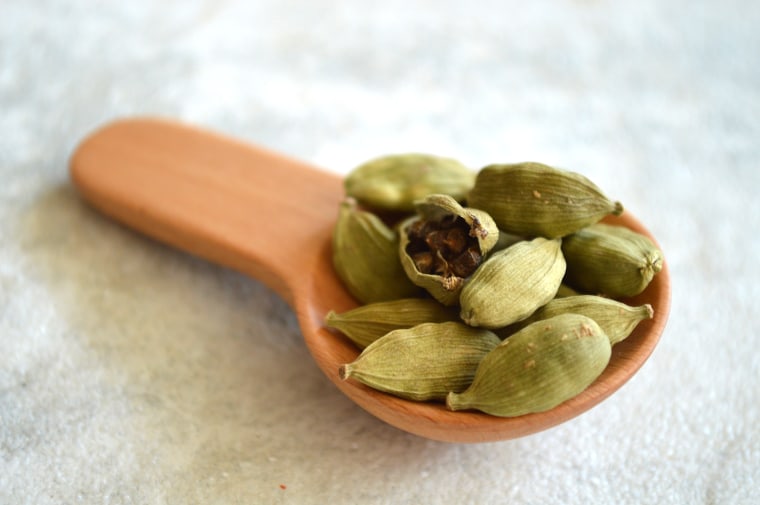
Nutmeg: Sweet, warm, floral and peppery, nutmeg works well with desserts as well as creamy, savory dishes like gratins and pasta bakes. It’s best used as the whole seed freshly ground on a handheld grater. If consumed in very large amounts, it can cause negative side effects like hallucinations and palpitations so don't over spice. Enjoy it freshly ground into porridge, French toast, smoothies, over butternut squashes, pumpkin pie and hot chocolate.
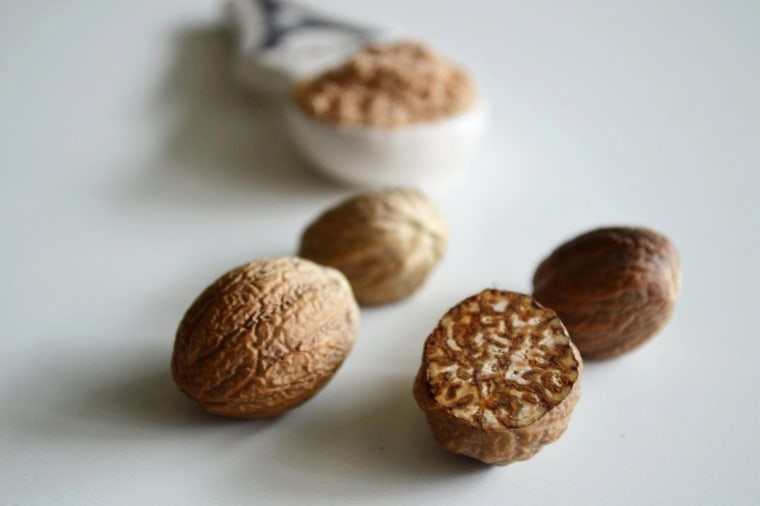
HOT & SPICY SPICES
Cayenne: As green chili peppers ripen to a red color, they are dried and ground into the spice we know as cayenne. Spicy and a bit sour, cayenne works with most savory dishes to add a heat that builds slowly, but also complements sweet preparations with chocolate and sweet fruits like mangoes. I particularly love it in the Indian classic chicken tikka masala, and in mango salsa. As far as spices go, it can be pretty hot so don't get too heavy handed at the stove. The best antidote to too much cayenne and its heat is a serving of dairy such as yogurt, cheese, or sour cream.
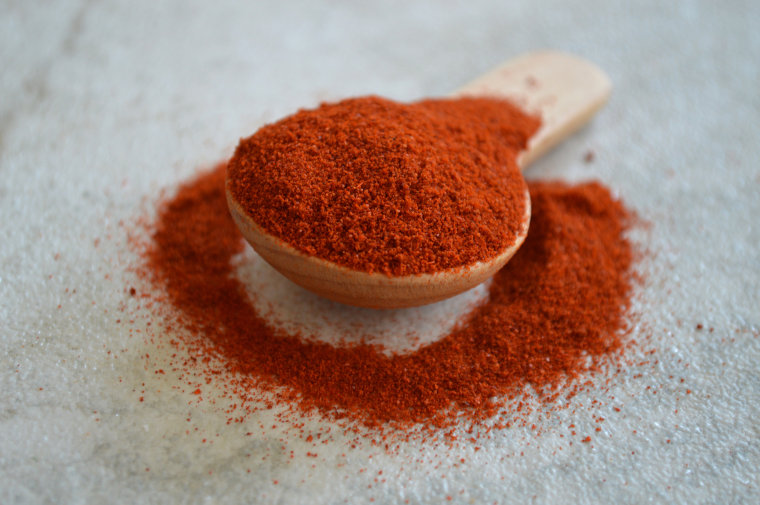
Chipotle: Cayenne’s cousin with a smokier heat, chipotle is dried and ground jalapeno pepper. It marries beautifully with chilis, stews, and tacos. It’s also wonderful sprinkled on oven roasted cauliflower and potatoes or sweet potatoes.
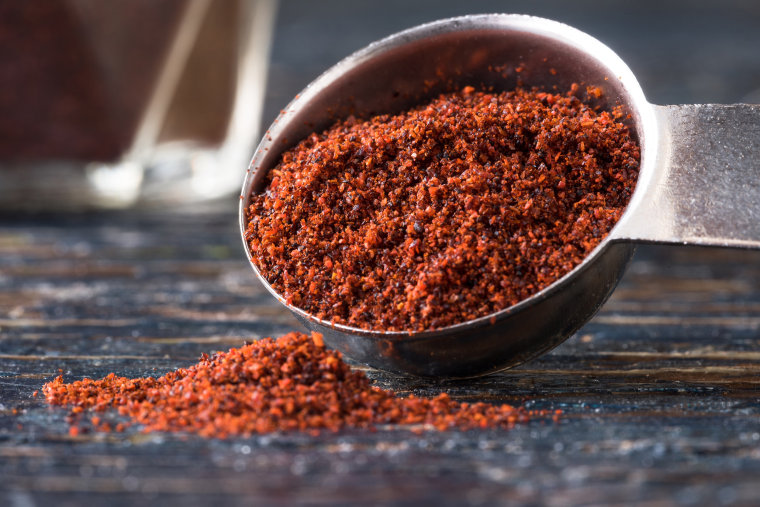
Pepper: Black, green, red and white peppercorns are all the same berries from the pepper tree, harvested at different times. They have common notes like heat and a bit of spice but also differences that are fun to explore in the kitchen. Try using a mixture of all the peppercorns for an interesting twist. My favorite pepper pairings are with steak, mashed potatoes and in salad dressings — but this versatile spice is used in plethora of savory dishes across all cuisines.
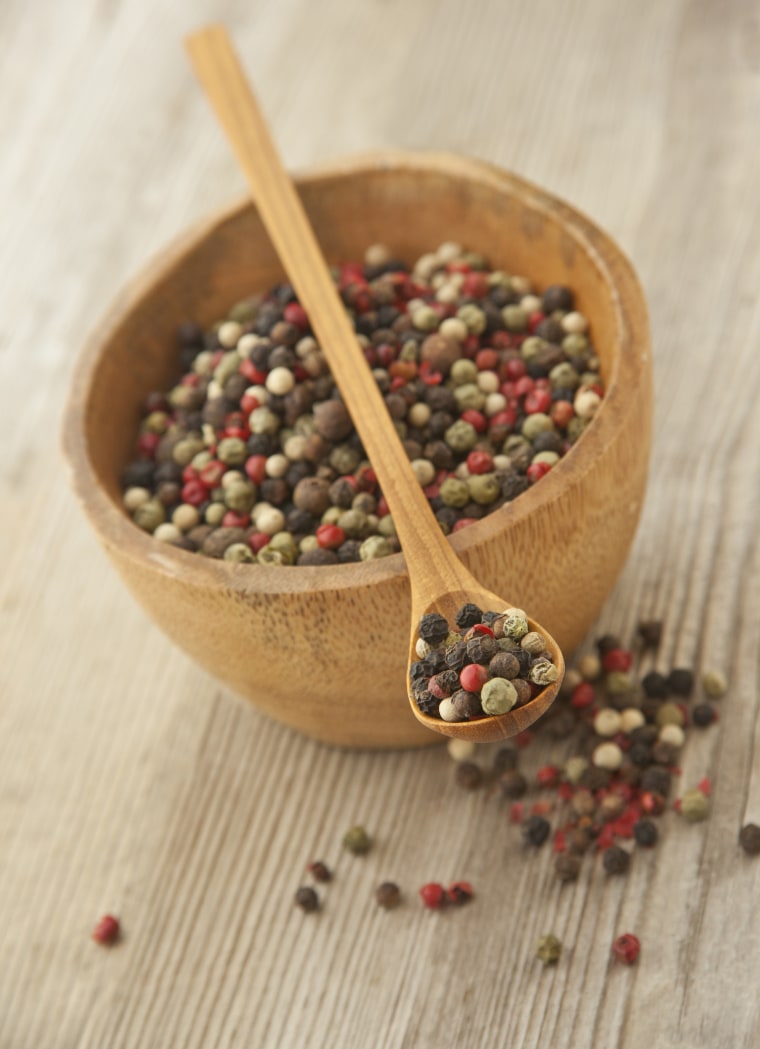
Keep spicing things up with delicious TODAY Food favorite recipes:

